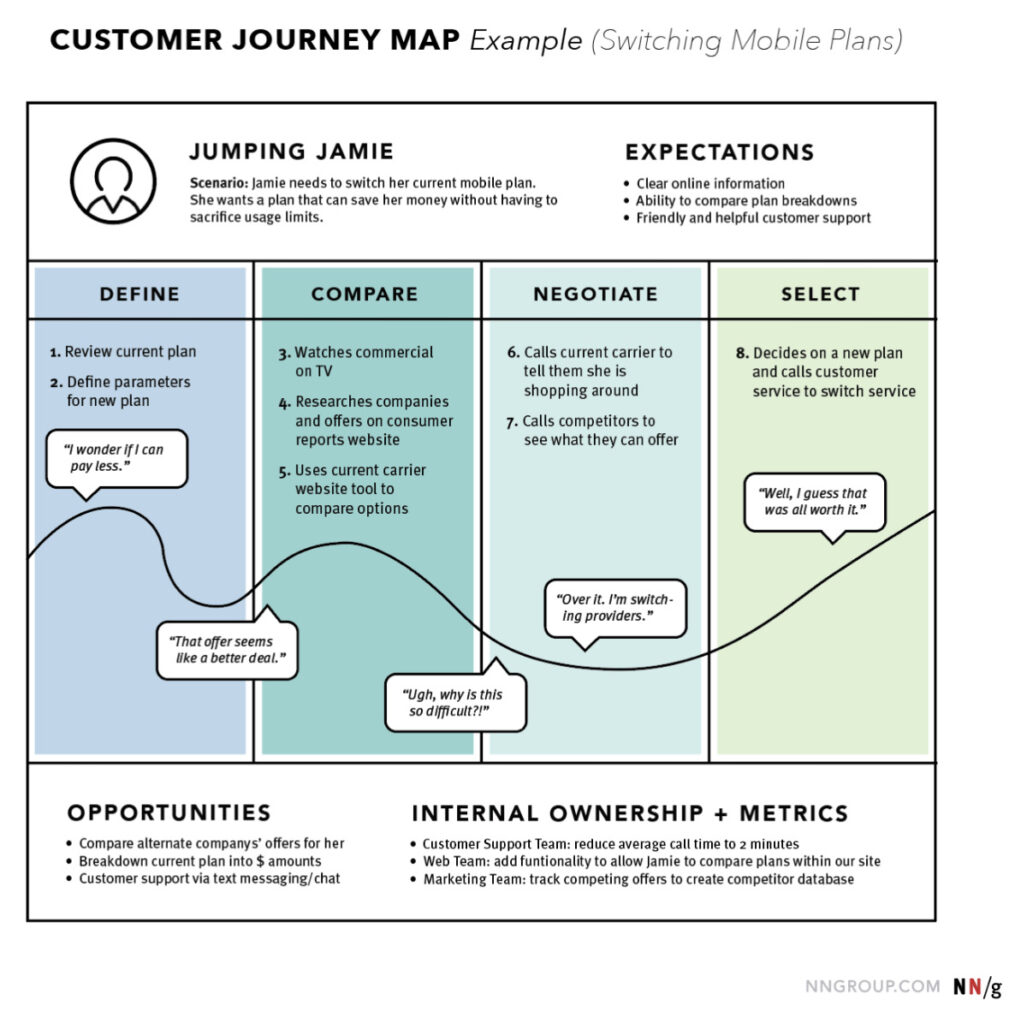Production workloads are essential for the smooth functioning of an organization’s operations. Today’s businesses rely heavily on critical applications, data, and services such as enterprise resource planning systems, customer-facing websites, scale-out applications, and database management systems. However, the challenge for many businesses is to modernize their legacy applications to remain competitive in the market. Legacy applications refer to software and systems that have been in use for a long time and may be outdated. In a recent blog, Skytap VP of Product Management Steven Hunt noted updating legacy applications is crucial for companies to stay ahead of the competition, but the workload migration process can be complex and requires significant investment in time and resources.
His blog highlights that there is often a gap between the aspiration to modernize legacy applications and the execution of the process. Therefore, businesses need to have a clear understanding of their current applications and goals for modernization before embarking on the process. Modernization has numerous benefits, including increased efficiency, reduced costs, and improved customer experience.
One way businesses achieve modernization is by moving their production workloads to the cloud. Cloud migration provides several benefits, including scalability, reduced dependency on capital intensive investments, increased flexibility, and improved disaster recovery. As a result, many businesses are now leveraging the cloud to modernize their production workloads and stay ahead of the competition.
However, migrating workloads to the cloud can be complex and time-consuming. Therefore, it is essential to create a user-centered solution that addresses users’ pain points and provides a seamless experience. That’s where user experience (UX) research and techniques come in.
Skytap is a company dedicated to helping enterprises run IBM Power and x86 workloads natively in the cloud and the migration process is a core aspect of making this possible. As a UX researcher and designer at Skytap, I recognize that our users’ satisfaction with the migration process is integral to the success of our product. Our focus is centered around our users, and their input is vital in creating new features and refining existing UI elements.
Currently, we are studying the onboarding process and journey to migrating workloads to Skytap. Our objective is to further simplify and streamline the flow by identifying opportunities for improvement at each stage of the user journey. To achieve this, we use a range of UX research techniques, including user interviews, surveys, user testing, analytics and internal research.
User interviews help us understand users’ motivations, pain points, and areas where they found the process particularly challenging or confusing. Through one-on-one interviews with users who have been through the process, we gain valuable insights into their experiences.
Surveys are an effective way to gather feedback from a large group of users. By asking targeted questions, we can gain insights into the user’s overall satisfaction with the onboarding process and workload migration experience.
User testing involves observing users perform specific tasks related to the onboarding process and workload migration. This insight can help us identify areas where users may struggle or become frustrated, providing insights into the product’s usability.
Analytics provide data on how users interact with the product and the stages they spend too much time in during the journey. Additionally, support tickets they submit in times of challenges help us identify where the most common pains are.
Internal data collection helps us gather knowledge from our internal teams that have directly experienced the journey with our users. We identified pain points and challenges they may have encountered and we will be relating them to the ones we received from our external research.
Visualizing the entire study will indicate our users’ challenges. Once these challenges are clearly identified, we can focus on solving them, reducing the user’s time spent on those challenges, and helping them achieve their goals faster. A user journey map is a great tool that helps us cover all the user’s touchpoints, which define the phases in their journey. The image below shows an example of what one might look like. You can see that the rows are divided into phases, actions, thoughts, and mindsets a user is in. The study is always from the perspective of the user.

For many businesses, migrating workloads to the cloud can be perceived as risky and intimidating. Skytap eliminates the business risk associated with moving production workloads to the cloud by helping customers do so without refactoring, rewriting or replatforming the applications. Then, through our user research and analysis techniques, we aim to further simplify and streamline the onboarding process and workload migration journey to Skytap. By collaborating with different internal teams, we can design and test solutions that improve the user experience, making the onboarding process and workload migration to Skytap more efficient, effective, and enjoyable for users.
If you are interested in learning more about customer journey research or in the process of migrating your IBM Power workloads to the cloud and want to share your experience, we would love to hear from you. Don’t hesitate to get in touch via email or book a call with me.

